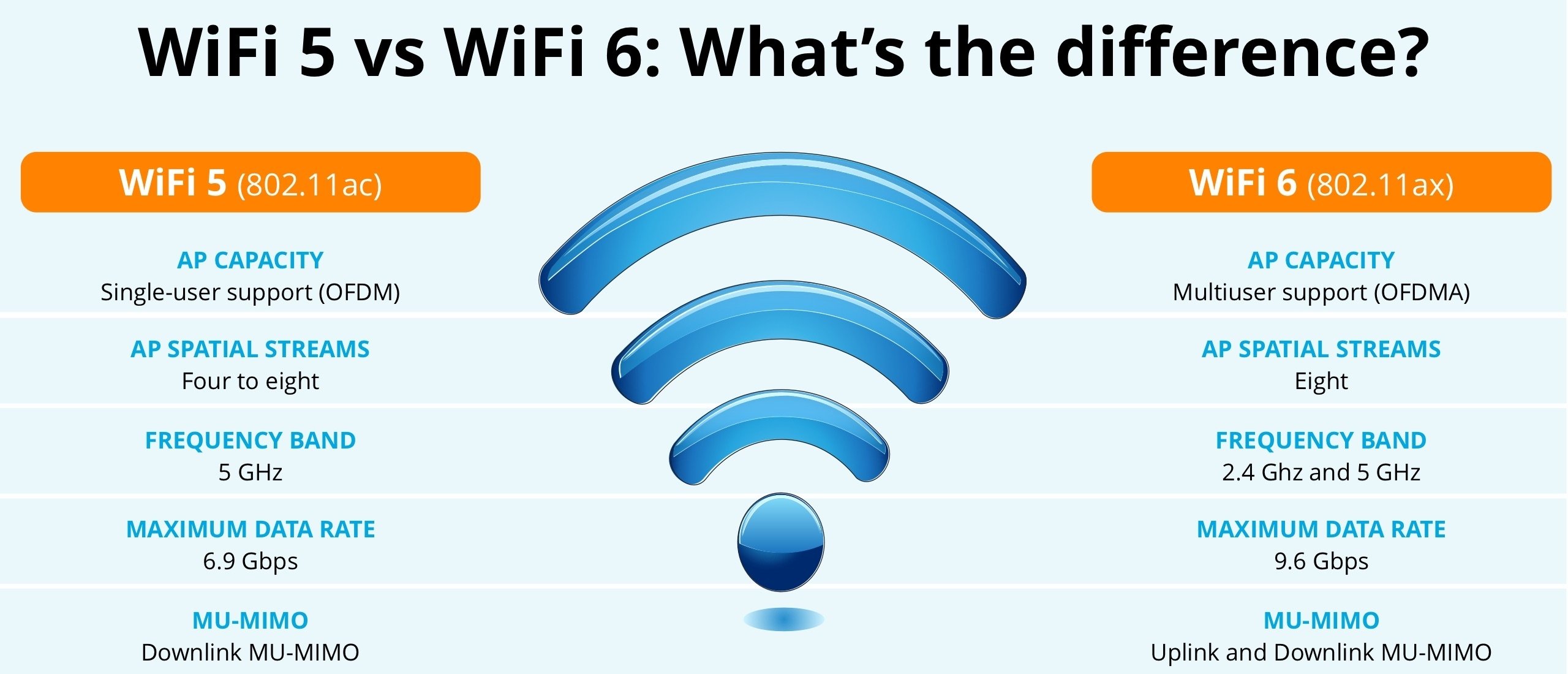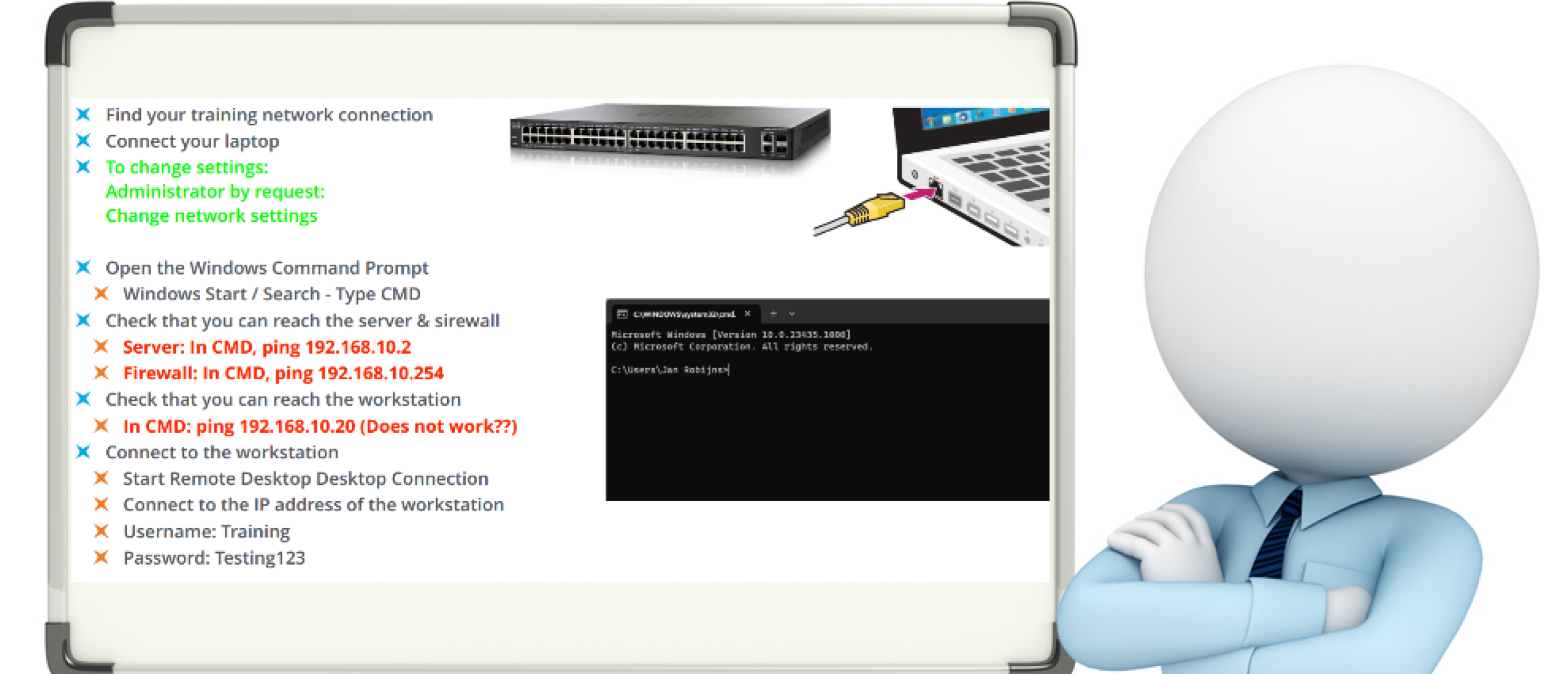
Secure by Design: Why and What Does It Mean?
Why a Good IT Network Design Starts with Security
You don't build a secure network by adding firewalls afterward and hoping for the best.
Cybersecurity starts with the design. With Secure by Design, you consider security, segmentation, and management during the design and construction of your IT network.
What's the result?
Fewer vulnerabilities, greater oversight, proactive instead of reactive. A rock-solid IT network – with, of course, good locks on the door.
Cybersecurity isn't an afterthought to an IT network.
A good network design starts with the principle of 'Secure by Design'.
Well-thought-out IT-security is part of your foundation.
It's much more than just an extra layer.
In this blog post, you'll read what Secure by Design means, why it's so important, and how to apply it in practice.
We've already covered some aspects in various blog posts. The links in the text will take you to relevant blogs for more in-depth information.
What do we mean by 'Secure by Design' in IT infrastructure?
'Secure by Design' means that security is incorporated into every layer of the IT network right from the design phase. You don't start by building a network and thén start protecting it.
You design your IT network so that it's secure from the ground up.
Compare it to a house: during the design phase, you already think about where the doors and windows will go. But also about what type of doors, window frames, locks, etc. You don't just start thinking about your savety after you've moved in.
Any architect skill already considers this during the design phase, well before the foundations are dug and a wall is built.
What happens if you don't work Secure by Design?
Many organizations build their IT network first 'for speed and convenience' and only later really consider their IT security.
The result? An IT network full of temporary solutions: temporary VLANs, hastily pasted ACLs, and firewall rules that even the designer eventually no longer really understands.
Such an IT network may work, but it's also often confusing... and vulnerable. Management is often reactive instead of proactive.
Just one malicious individual is needed to find one poorly secured segment to reach sensitive systems through so-called "lateral movement."
 Secure By Design
Secure By Design
Which segment of your IT network is vulnerable?
Reaching sensitive systems through so-called lateral movement.
Why Secure by Design is the better approach (and how to approach it)
There are several reasons why Secure by Design is absolutely essential. To keep things clear for this blog, here are the most important pillars:
1. Limit the attack surface
The fewer open connections and services, the smaller the chance of someone getting in. Disable unused ports and protocols and create well-thought-out rules that allow only necessary traffic.
2. Segmentation and Zoning
Divide your IT network into logical zones, such as staff, servers, IoT, guest Wi-Fi, and remote management. Use firewalls between the zones to ensure only controlled traffic is allowed. This prevents a device connected to guest Wi-Fi from reaching your internal servers.
3. Access Control with NAC
Network Access Control (NAC) determines who is granted access to the network. The system verifies whether a device is known, meets security requirements, and is placed in the correct zone. This prevents unknown or unsafe devices from simply connecting.
4. ZTNA – Zero Trust Network Access
Even with NAC, you don't want to blindly trust everything that comes in.
ZTNA goes one step further: the principle is never to automatically trust, always to verify.
Whether someone is working in the office or logging in via a cloud connection, every access request is checked for identity, context, and device status. This way, only the right person, at the right time, gets access to the right resource – and nothing more.
ZTNA enables secure connections without the traditional "perimeter thinking." In an age where employees work from anywhere and applications are in the cloud, this is crucial for a modern, Secure by Design network.
5. Separate Management Segments
Management data traffic doesn't belong on the same network path as user traffic. So think carefully about the routes your different types of data take.
Ensure a separate, well-secured segment for configuration and monitoring. External parties, of course, only have temporary, controlled access with logging.
6. Physical Security
A switch in the basement or an open patch cabinet can pose just as much of a risk as an insecure router. Restrict physical access to network equipment and keep a log of who has access to what.
7. Monitoring and Logging
Even with a good design, constant (realtime) vigilance is essential. Through monitoring, intrusion detection, and extensive logging, you can quickly identify abnormal behavior and intervene in time.
8. Failure and Recovery Plan
No network is perfect. So think ahead: What if something goes wrong?
Establish recovery plans, backups, and contingency procedures so that an incident doesn't immediately lead to a standstill.
The Key Lessons for Secure by Design Networks
With Secure by Design, you realize that security isn't an afterthought. Cybersecurity is an essential part of the foundation of your IT network.
Organizations that follow this principle build IT networks that are not only more robust and transparent, but also more resilient to modern threats.
These organizations have a better chance of preventing major damage (in time). Damage such as data theft, loss of revenue, or reputational damage.
So: It's better to design well in advance than to extinguish a raging fire afterward.
Get in touch with us
Contactform https://www.procyonnetworks.com/contact/
Phone +31 478 568 586
Mail info@procyonnetworks.nl
Follow Procyonnetworks on LinkedIn and receive valuable weekly updates on cybersecurity and network technology.










